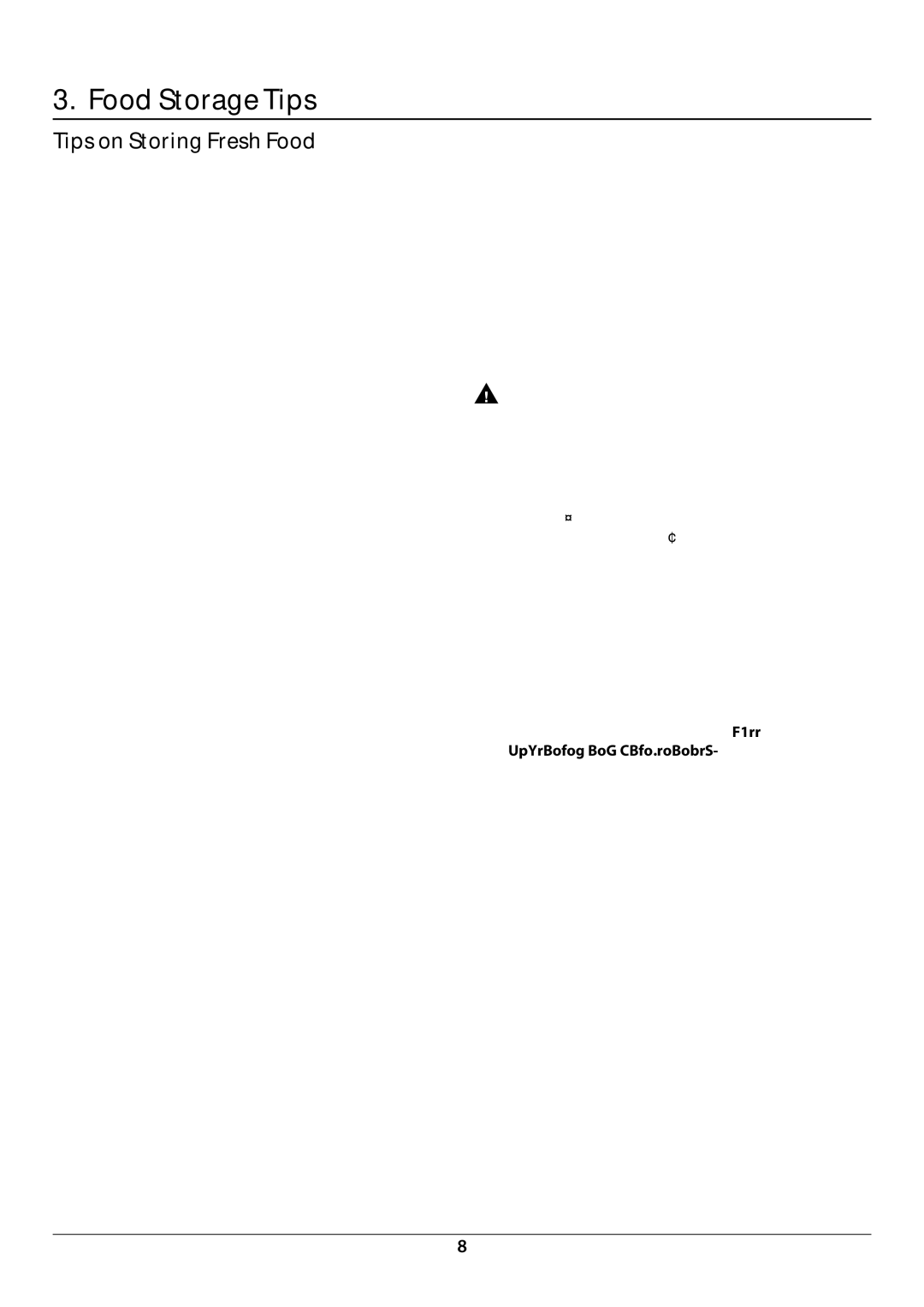U110121 - 01A specifications
The Rangemaster U110121 - 01A is a premium appliance designed for those who appreciate the quality of traditional cooking methods combined with modern innovations. This range cooker stands out not only for its stylish design but also for its impressive functionality that caters to a variety of culinary needs.One of the key features of the Rangemaster U110121 - 01A is its spacious oven. With a large capacity, it offers ample room for multiple dishes, making it perfect for both everyday cooking and entertaining guests. The oven is equipped with a powerful fan that ensures even heat distribution, allowing for perfectly baked goods and thoroughly cooked meals. Additionally, the inclusion of a dual-fuel system means that users can enjoy the best of both gas and electric cooking, giving them the flexibility to create dishes that require different cooking techniques.
Another notable characteristic of this model is its versatile hob. It features multiple burners, including a high-output wok burner for those who love stir-frying, as well as standard burners for everyday cooking needs. The cast iron grates provide a durable surface that retains heat effectively, ensuring quick and consistent cooking results. This design is not only practical but also adds a professional touch to any kitchen.
Technology plays a significant role in the Rangemaster U110121 - 01A, as it incorporates modern advancements to enhance user experience. The oven is equipped with a programmable timer and electronic ignition, simplifying the cooking process. With easy-to-use knobs and controls, users can easily adjust temperatures and settings without any hassle.
In terms of aesthetics, the Rangemaster U110121 - 01A features a classic design that can seamlessly fit into both contemporary and traditional kitchens. Available in various colors, it allows homeowners to choose a style that best matches their décor. The stainless-steel finish not only looks appealing but is also easy to clean and maintain, ensuring that the appliance remains a focal point in the kitchen for years to come.
In conclusion, the Rangemaster U110121 - 01A is an embodiment of quality, craftsmanship, and innovative technology. Its key features, such as the spacious dual-fuel oven, versatile hob, and aesthetic design, make it an ideal choice for anyone looking to elevate their cooking experience. Whether you are a seasoned chef or a cooking enthusiast, this range cooker is poised to meet your culinary demands with style and efficiency.

